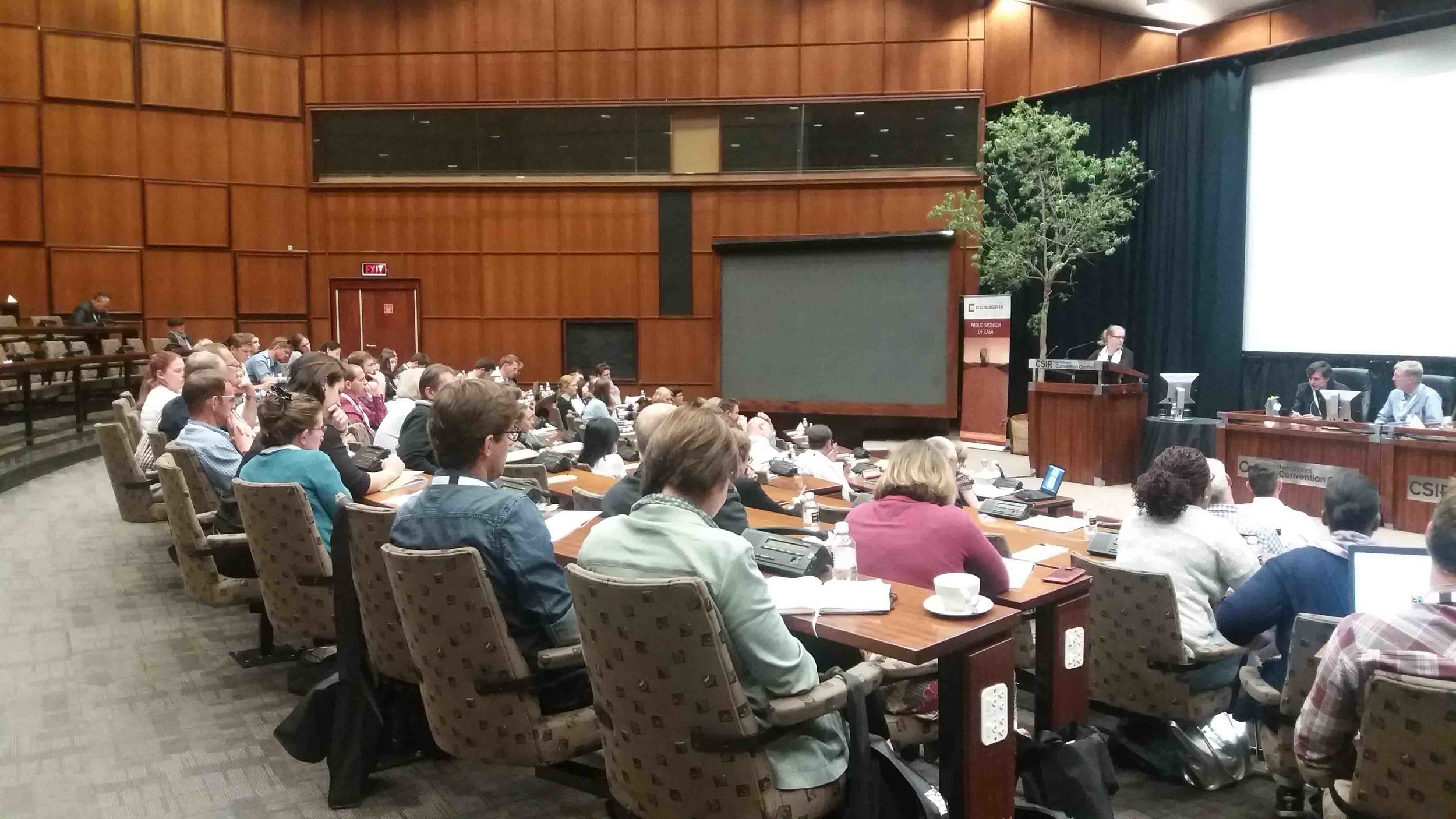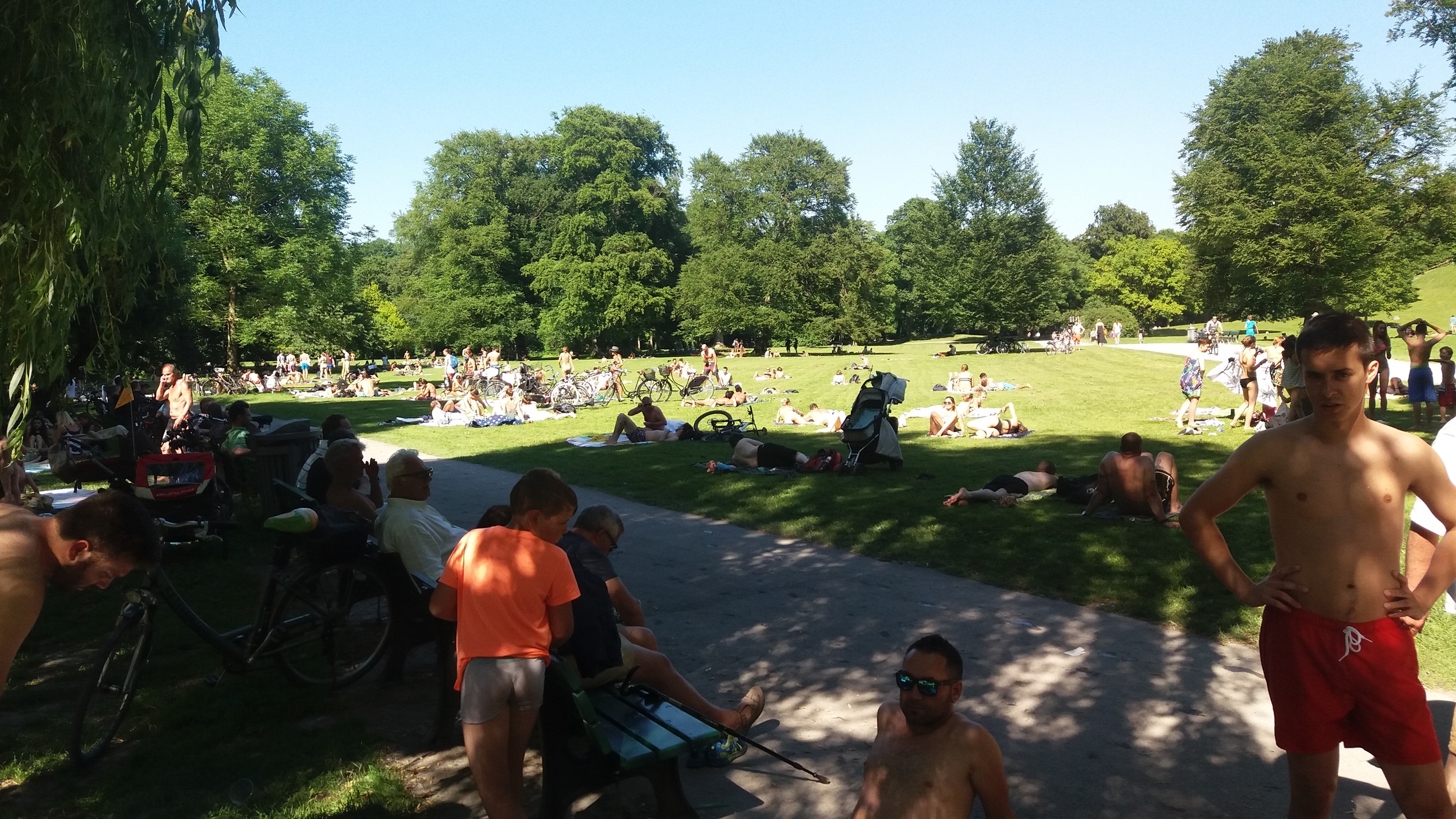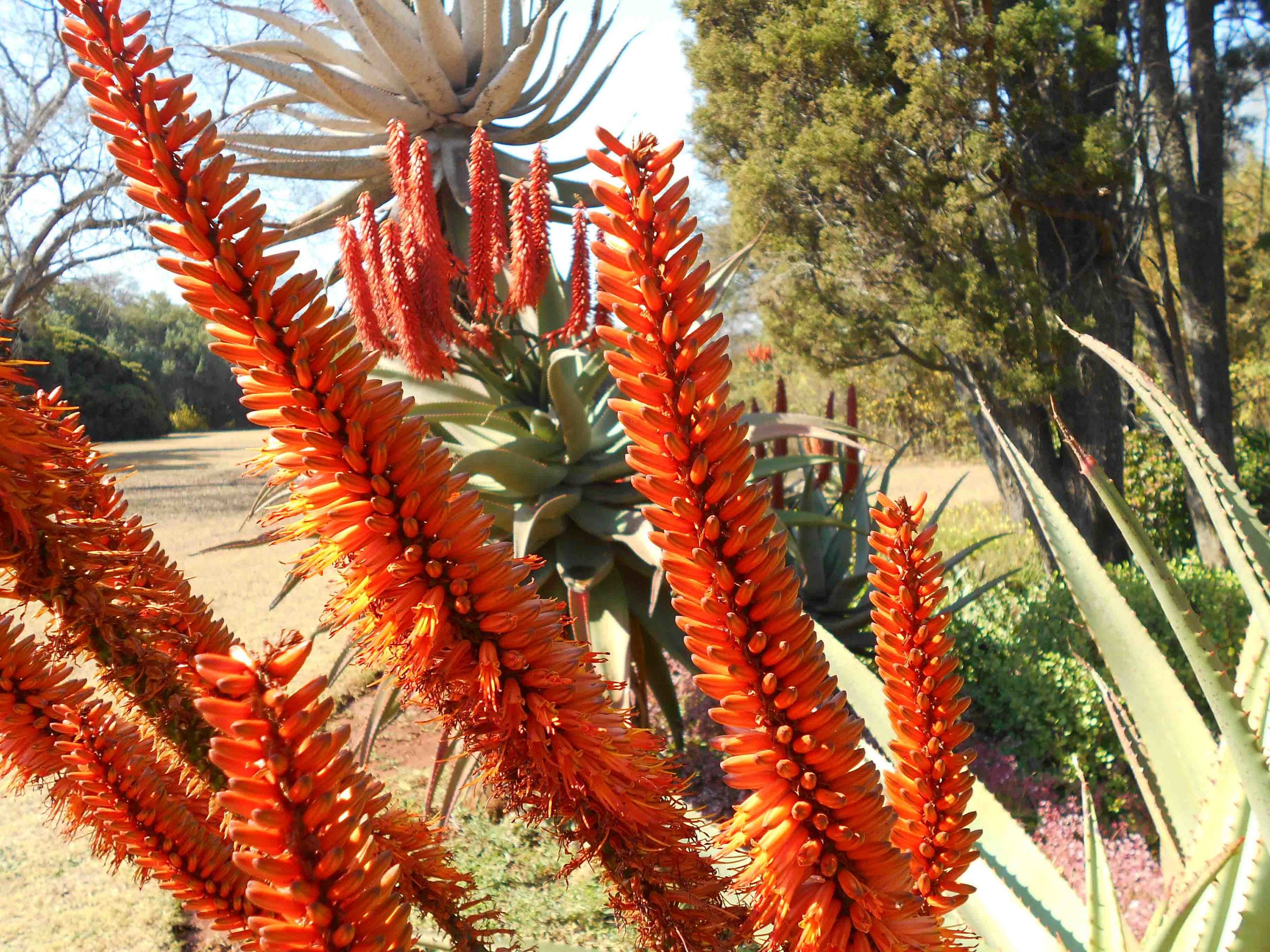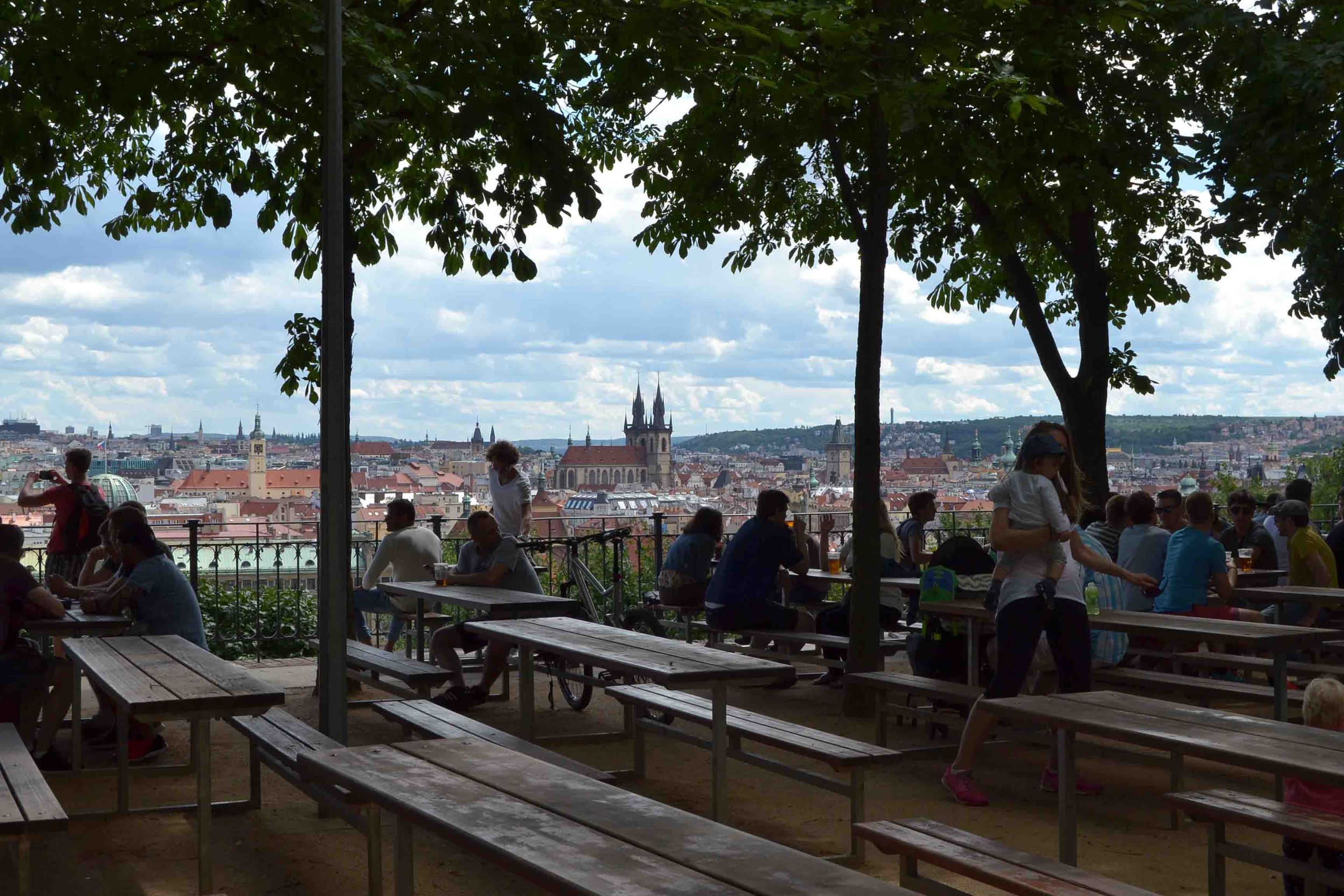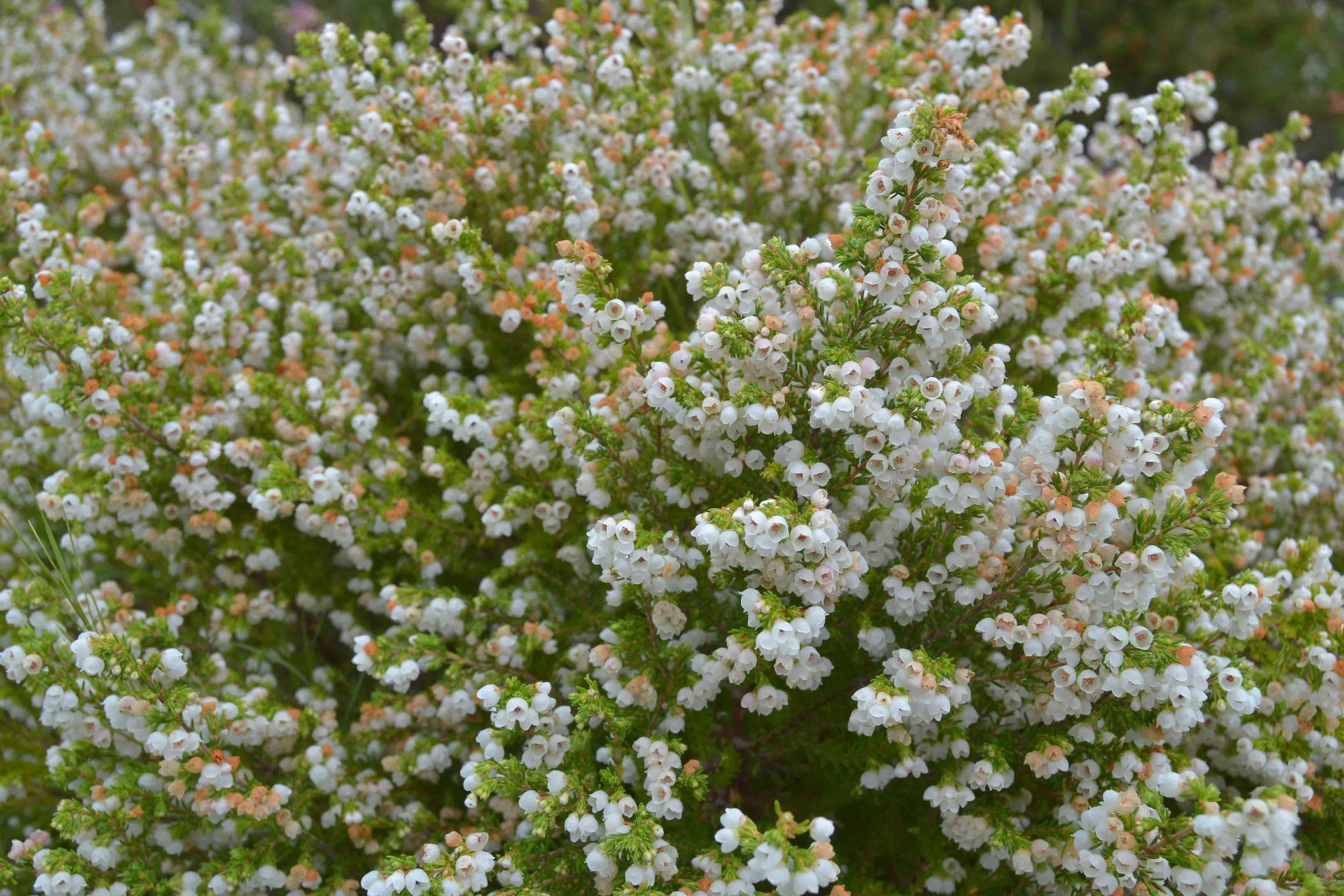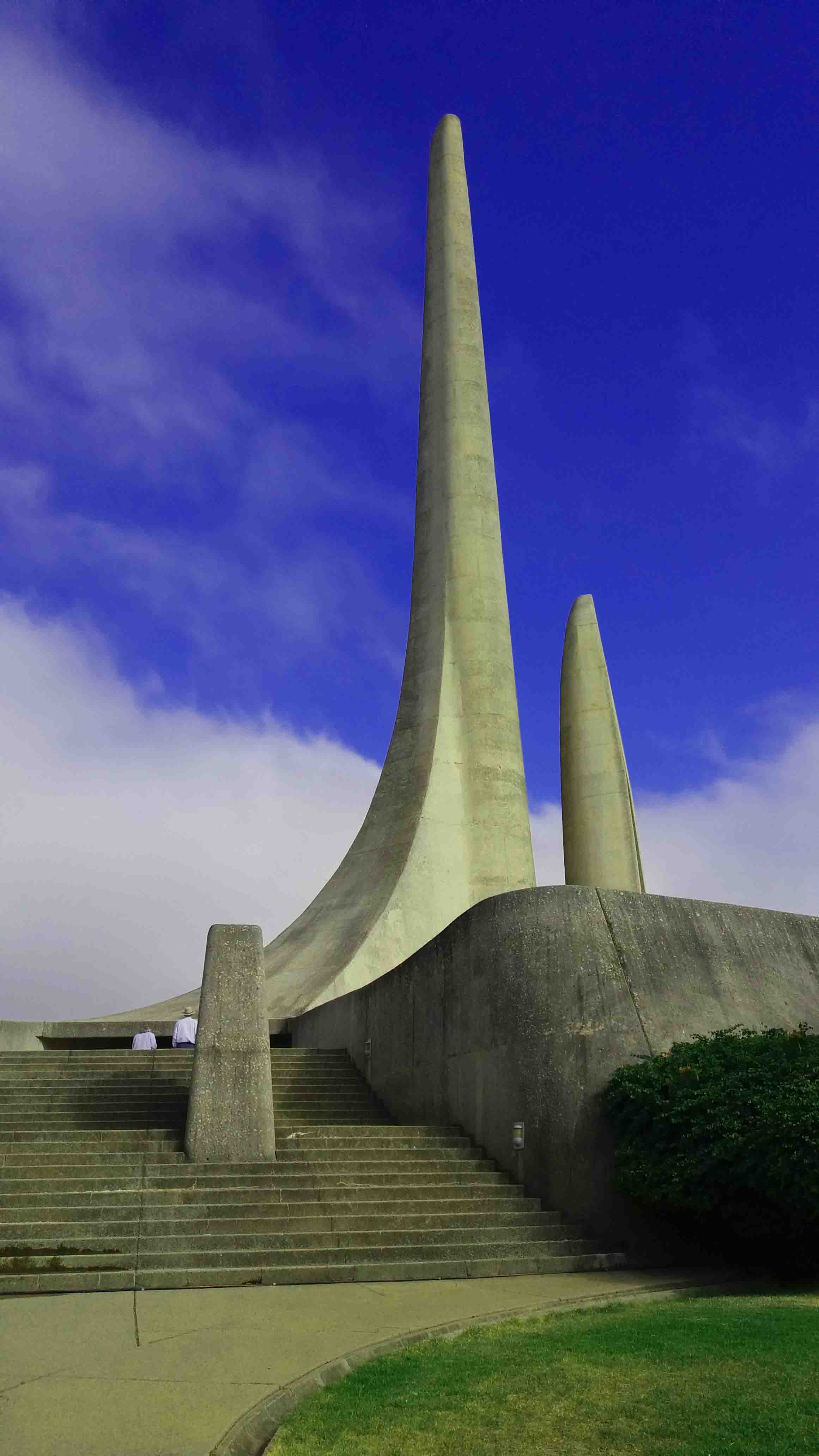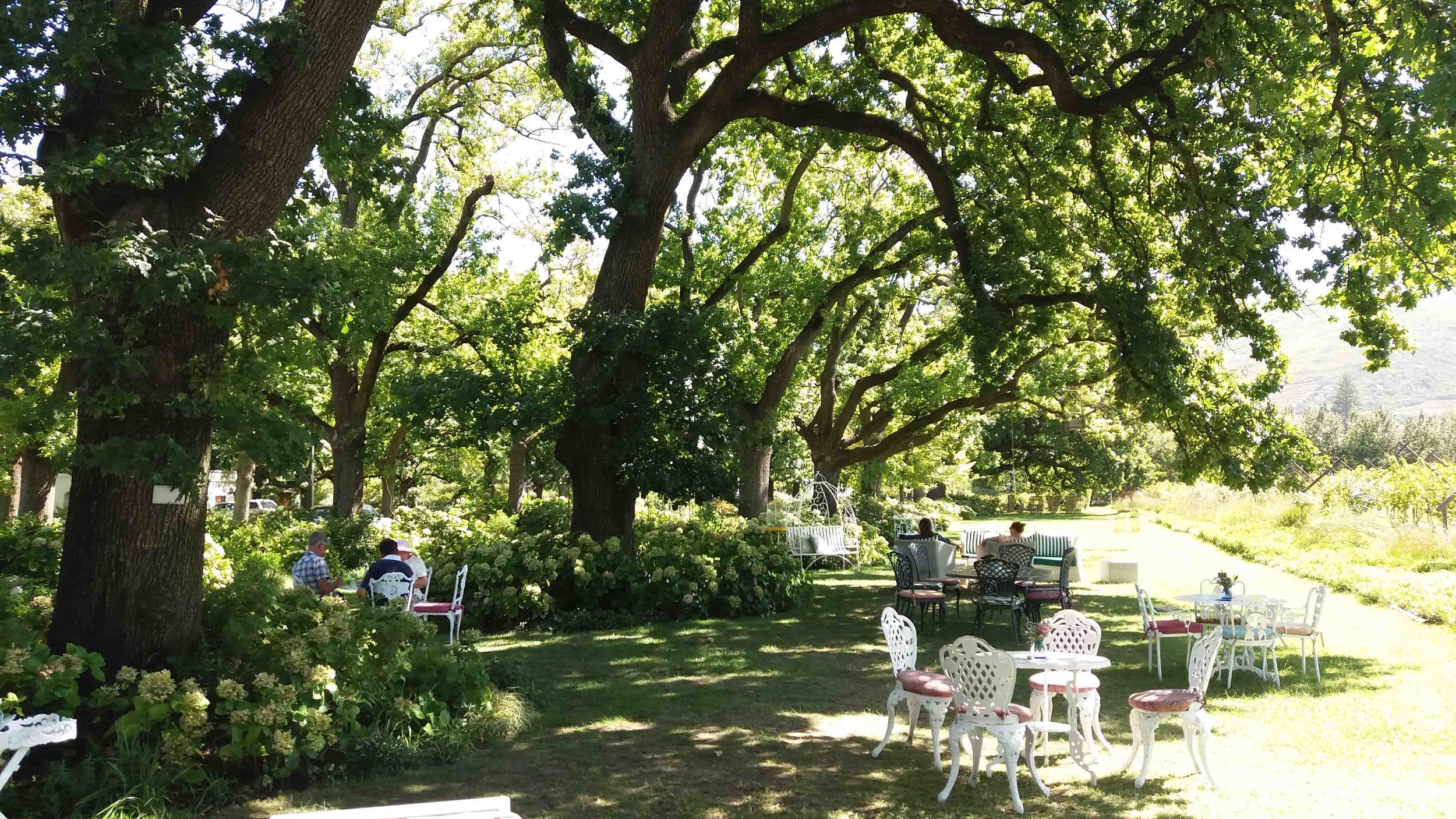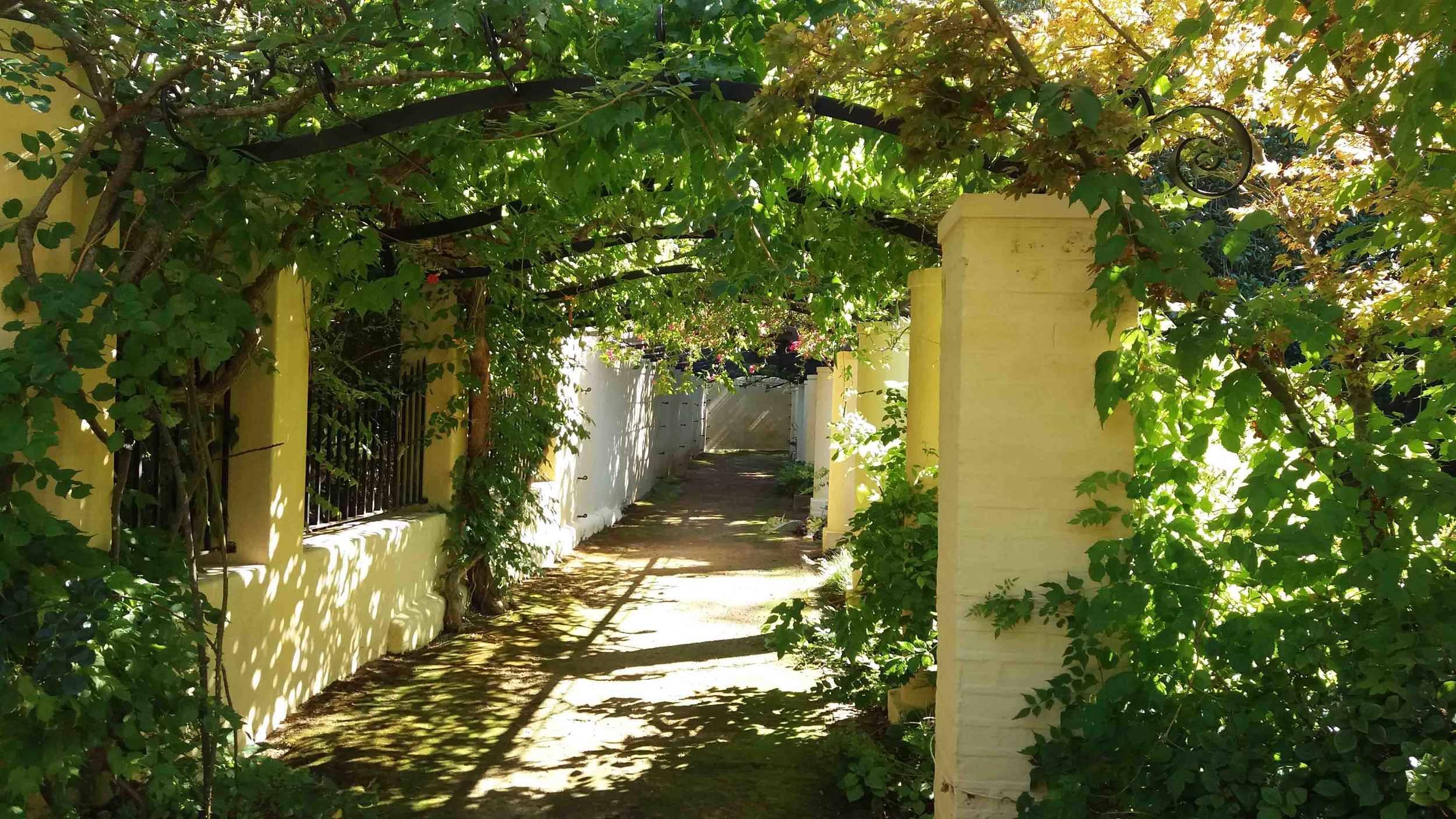The ILASA Conference was held on 29 and 30 September 2016 at the CSIR International Convention Centre in Pretoria and attended by over 120 delegates. The theme for the conference was “Re-interpreting Landscapes” and the various sessions raised questions about what future landscapes will look like and how people will respond to them. Global environmental crises were discussed as well as the importance of landscape and the benefits it provides.
Some of the highlights of the conference included the following key note speakers:
Mario Schjetnan, received the Sir Geoffrey Jellicoe Award 2015 by the International Federation of Landscape Architects, which is the highest award of Landscape Architecture Worldwide, and is the first Latin American to be awarded this honour. Mario started his firm, Grupo de Diseño Urbano / GDU in 1977 and in his presentation at the ILASA Conference showcased several of their projects spanning over the last few decades. Mario highlighted the similarities between South Africa and Mexico and expressed how the various attributes shared by the countries can be used as opportunities (youth, the natural environment and rich biodiversity) in the rapidly changing landscape we are experiencing in developing countries. Two projects that he discussed in detail which I found intriguing were: Natura Garden, Bicentennial Park; an old refinery that was cleaned and recreated into a series of parks and Rehabilitation of Chapultepec Park in Mexico City. Chapultepec Park is a deeply historical park in the heart of Mexico City that is 686ha large and receives 50-70 million visitors annually. During one of its upgrades the lake was dredged in order to clean it and a whole host of unusual items were found, so much so that the National Museum of Anthropology took the paraphernalia and made an exhibition from it.
Mario’s work is truly inspirational and I am sure that every person at the conference wished that projects of this scale and calibre could be realised in South Africa. Mario closed off by sharing with the audience that he knows his projects are successful when he sees the following happening in his landscapes: people taking photographs, families visiting or young lovers kissing because then it means that they feel safe to be there.
Tunji Adejumo, president of the International Federation of Landscape Architects Africa Region (IFLA Africa) as well as co-founder of Generation Twenty One Consult in Nigeria, gave a theoretical presentation covering problems faced by landscape and suggestions as to how to introduce identity consciousness. He called for the creation of a national landscape charter to determine “what people were, what people are, and what they want to be”.
A good definition of landscape taken from his presentation reads, “Landscape is a special entity that develops from geomorphic conditions and historical usages for economic, social, recreational, transportation, religious and agricultural purposes.”
Astrid Sykes gave the presentation as a representative of Mia Lehrer & Associates as Mia Lehrer was unable to make the conference due to the birth of her grandchild. Astrid shared the design principles of the firm as well as examples of their projects. The most inspiring project was the work that the practice is doing to rehabilitate and revitalise the Los Angeles River. The river is mostly channelized at the moment with industrial development along the main spine with buildings that have turned with their backs towards it. It is Mia Lehrer & Associates dream to see the Los Angeles River become a recreational green open space that provides connections within the city and opportunities for the community. The project is documented on their website and includes the following definition, “A bold commitment is made to restore riparian habitat and to reconnect park-poor neighborhoods to green space. The regional open space network will provide trails, parks, and bikeways along the length of the river. Making the river green and accessible is expected to transform an undervalued asset into a valued amenity” (http://mlagreen.com/projects/la-river; accessed 2016/10/10)
The local icons were just as inspiring and included the two key note speakers Patrick Watson and Elsa Pooley. Patrick Watson gave a visual presentation showcasing the vast number of exceptional projects he has been involved in over the past few decades. Starting with Coromandel, then resorts such as Sun City, Mount Grace, several game farms, Apartheid Museum, Apple store in Sandton, The Saxon, Stark Studios, North Island in the Sechelles, to only name a few. His work covers a vast range of projects in countries all over the world. His design style is unique and he shared that one of his sources of inspiration is the sub-conscious and that he allows this part of his brain to work when working on a design. He is currently involved with Steyn City and is busy planting thousands of trees there.
Photo Fun at the ILASA Exhibition Stand
Elsa Pooley’s love for plants is evident and she challenged landscape architects to really “know your plants” – how they grow, where they grow and how they look in every season. Maintenance is crucial and while we do not always have a say in this aspect we can design with it in mind.
Elsa explained her involvement in the rehabilitation of the dunes at the Durban Beachfront and it is amazing to see the before and after pictures of the rehabilitation work done. She also used Olympic Park in England as a precedent study to show how beautiful a meadow garden using only plants indigenous to South Africa can look. She shared a variety of indigenous species that she believes would make outstanding landscape plants but are not commercially available. After listening to her speak I am itching to go to the Drakensburg (she shared some accommodation gems) to see beautiful wild flowers in their natural habitat and maybe even join one of her botanical art workshops. Apparently she is also working on a book that will hopefully be available next year.
Be sure to attend the next ILASA Conference if you get the chance, not only are the presentations inspiring and educational, you also get to network with a great community of landscape architects.




